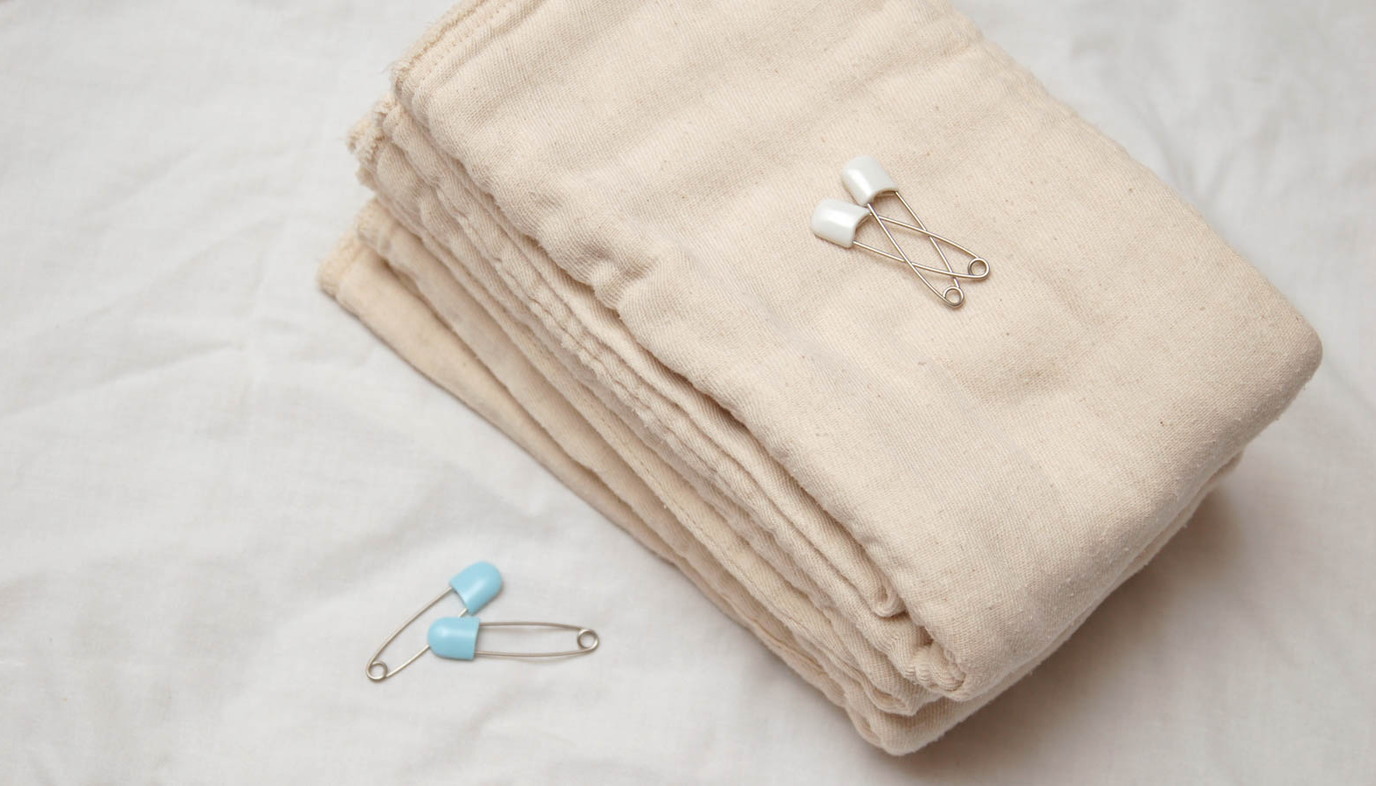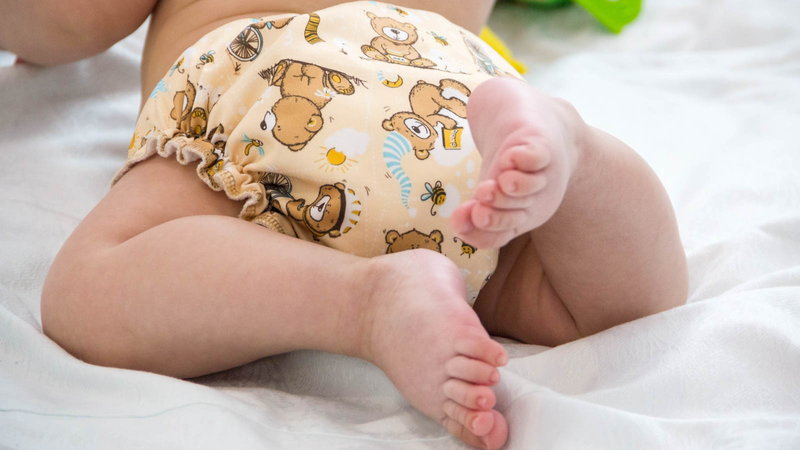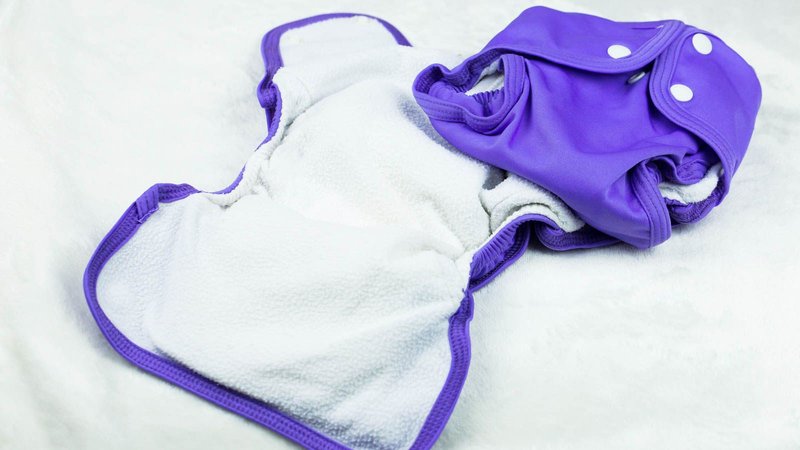
Cloth diapering was once a thing of the past. When disposable diapers became readily available, most moms quickly abandoned cloths for the convenience of disposable diapers. However, cloth diapering is not what it used to be, and cloths are gaining popularity with moms again. There are several types of cloth diapering systems on the market now. They are more absorbent, convenient, and attractive than they used to be. In fact, many moms will admit that one of the reasons they prefer cloths to disposables is because of how darn cute they are. If you are thinking about starting your baby off with cloth diapers or switching your older baby to cloths, you may have lots of questions on how to get started.
What Type of Cloth Diaper Should I Buy?
There are several types of cloth diapers on the market, ranging from inexpensive flat diapers to all-in-one systems. Before you buy dozens of diapers, it is a good idea to purchase one or two of each type of diaper and decide for yourself which you like best.
Flat diapers- Flat diapers are unfolded inexpensive diapers. They are basically a piece of fabric that you fold around your baby and fasten with a diaper pin. Flat diapers are what your grandma may have used when she was diapering babies.
Prefold diapers- Prefolds are a step up from flat diapers. They are already folded for you but they still require a fastener.
Fitted diapers- Fitted diapers are a little more expensive than prefolds and flat diapers, but they are more convenient. They use elastic around the legs to make them fit more like modern disposables and have a built in fastener.
*When using flat, prefold, or fitted diapers, you will also need to use a plastic pair of pants or diaper cover to keep clothing from getting wet.
All in one diapers- All in one diapers are the most convenient diapers on the market. Because of this, they are also the priciest. They have everything you need built in and do not require a separate fastener or plastic pants.

How Many Cloth Diapers Should I Buy?
If you plan to use only cloth diapers on your baby, you will need at least 2-3 dozen diapers. If you have a limited budget, you can start by purchasing flats and add the more expensive fitted or all-in-ones at a later date. Unless you buy one-size cloth diapers, you will need to purchase larger sized diapers as your baby grows. One thing to keep in mind when investing in cloth diapers; however, is that they are reusable. If you plan to have more children, they can be used again with your future babies.
How Do I Wash Cloth Diapers?
Washing cloth diapers is easy. You should purchase a plastic bucket to throw all your soiled diapers in. Cloth diapers do not need to be soaked in a bucket prior to washing. Moreover, it is not a good idea to leave your diapers soaking in the bucket as this can pose a safety issue for your baby. Babies are attracted to water and may fall into the bucket and drown. To keep your diapers cleaner, you may want to use a throw away liner inside the diaper. This way you can just shake your diaper over the toilet to get rid of any stool and toss the diaper in your plastic bucket until you are ready to wash them.

When you are ready to wash your diapers, all you need to do is toss them in the washing machine. The best way to get them clean is to run them through two cycles. The first cycle you can run on cold wash/cold rinse. The second cycle use hot wash/cold rinse. The first wash cycle you can either run through with just plain water or you may want to add ½ cup of baking soda to the load to help get rid of odor. With the second wash cycle, use a mild baby detergent and rinse well. If your baby is having problems with his bottom being irritated, try a double rinse cycle. Make sure when you wash your cloths that you are not using regular detergent and you avoid using bleach. Regular detergent may be too harsh for your baby’s skin. Bleach will wear down the fibers in your diapers and also irritate your baby’s skin.
